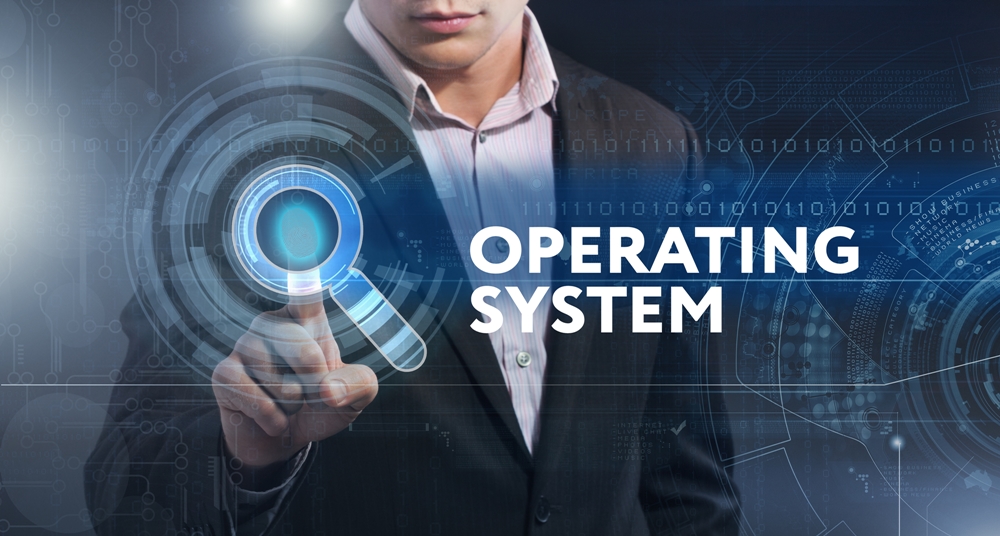
Zephyr, a small real-time operating system for connected, resource-constrained and embedded devices (with an emphasis on microcontrollers) supported by the Linux Foundation as one of its edge-related projects, this week announced several milestones. The project aims to build a secure and flexible real-time operating system (RTOS) for the IoT.
Over the last nearly three years the project has seen a lot of momentum under the leadership of the governing board and Kate Stewart, Senior Director of Strategic Programs for the Linux Foundation. It, has attracted a range of companies including Antmicro, Foundries.io, Intel, Linaro, Nordic Semiconductor, NXP®, SiFive, Synopsys and Texas Instruments.
“We are excited about the growth of the Zephyr ecosystem,” said Kate Stewart, Senior Director of Strategic Programs for the Linux Foundation. “It’s a vibrant and diverse community driven to create an open source RTOS that fuels adoption and innovation. Their dedication has made a huge impact in the market and we’re now seeing many more boards planned for shipping with Zephyr and more products based on Zephyr.”
Oticon is now a Platinum member of the open source project, which also welcomed a new member, Eclipse IoT.
“At Oticon, we are pleased to have upgraded our Zephyr membership level to platinum,” said Finn Möhring, senior vice president of R&D at Oticon. “We cherish the partnership with Zephyr being a professional open source community that supports us building world-class connectivity solutions for our hearing aids. Having launched the world’s first internet-connected hearing aids, we are excited to be part of the unique IoT ecosystem and we value the inspiration we get from the Zephyr ecosystem when developing solutions that help people with hearing loss connect their daily, modern life.”
“The Eclipse Foundation's IoT Working Group is home to many open source projects relevant to embedded Linux and Zephyr developers,” said Frédéric Desbiens, Program Manager for IoT and Edge Computing for the Eclipse Foundation. “Zephyr is one of the platforms supported by the Eclipse MRAA and Eclipse UPM abstraction libraries, which make constrained device applications device and OS independent. Moreover, Zephyr-based devices can integrate easily in IoT architectures leveraging the rich set of Eclipse IoT components, such as Eclipse Leshan for device management and Eclipse hawkBit for software updates. At the Eclipse Foundation, we think that IoT developers should absolutely consider the Zephyr RTOS when designing solutions that involve constrained devices. Zephyr has a lot to offer: vendor-neutral governance, a long term support (LTS) branch, and its emphasis on security.”
Additionally, the project announced the release of Zephyr 2.0.0 and that several popular developer boards are now shipping with Zephyr including Nordic Semiconductor’s Nordic Thingy91 and Adafruit’s Actinius Icarus.
In their announcement, the Foundation wrote, “In today’s technology landscape, fragmentation is the biggest challenge. Developers have a wide range of choices for platforms, boards and components and many of those don’t and can’t connect with each other. Zephyr offers a small memory footprint and a secure and flexible RTOS that extends functionality of IoT devices. It is a customizable, embedded open source platform that can be built for multiple hardware architectures with safety and security.”
Supporting multiple architectures and released under the Apache License 2.0, Zephyr includes all the necessary components and libraries required to develop a full application such as device drivers, protocol stacks, filesystems and firmware updates.
Some of Zephyr’s features include:
- A small-footprint kernel
- A flexible configuration and build system for compile-time definition of required resources and modules
- A set of protocol stacks (IPv4 and IPv6, OMA LWM2M, MQTT, 802.15.4, Bluetooth Low Energy, CAN)
- A virtual file system interface with several flash file systems for non-volatile storage
- Management and device firmware update mechanisms
In April, the Zephyr project launched the 1.14 LTS release, which offers vendors a customizable operating system that supports product longevity, security and interoperability. Since then, the community has hit several additional milestones with more than 500 active contributors. In fact, last month Zephyr had 900 commits - which equates to 30 commits a day, or more than 1 commit an hour - to help prepare the newly launched Zephyr 2.0.0.
Key enhancements of Zephyr RTOS version 2.0.0 include new or enhanced support for:
? Both 32- and 64-bit architectures;
? ARM Cortex-R Architecture;
? SOCKS5 proxy, an Internet protocol that exchanges network packets between a client and server through a proxy server;
? Point-to-Point Protocol (PPP), a data link layer (layer 2) communications protocol used to establish a direct connection between two nodes; and
? UpdateHub, an end-to-end solution for large scale over-the-air device updates.
In addition, the first update of LTS - Zephyr 1.14.1 is being released, which provides a stable base for product development.
“The delivery of these two releases demonstrates the level of commitment from the Zephyr Project and its members to support a stable LTS base, as well as introduce new features and enhancements intended to make IoT development easier,” says Maureen Helm, senior software engineer at NXP and Technical Steering Committee Chair of the Zephyr Project. “These releases further solidify Zephyr OS as a leader in open source embedded development.”
For more about the Zephyr Project, visit the website: https://www.zephyrproject.org/.
Arti Loftus is an experienced Information Technology specialist with a demonstrated history of working in the research, writing, and editing industry with many published articles under her belt.Edited by
Ken Briodagh





